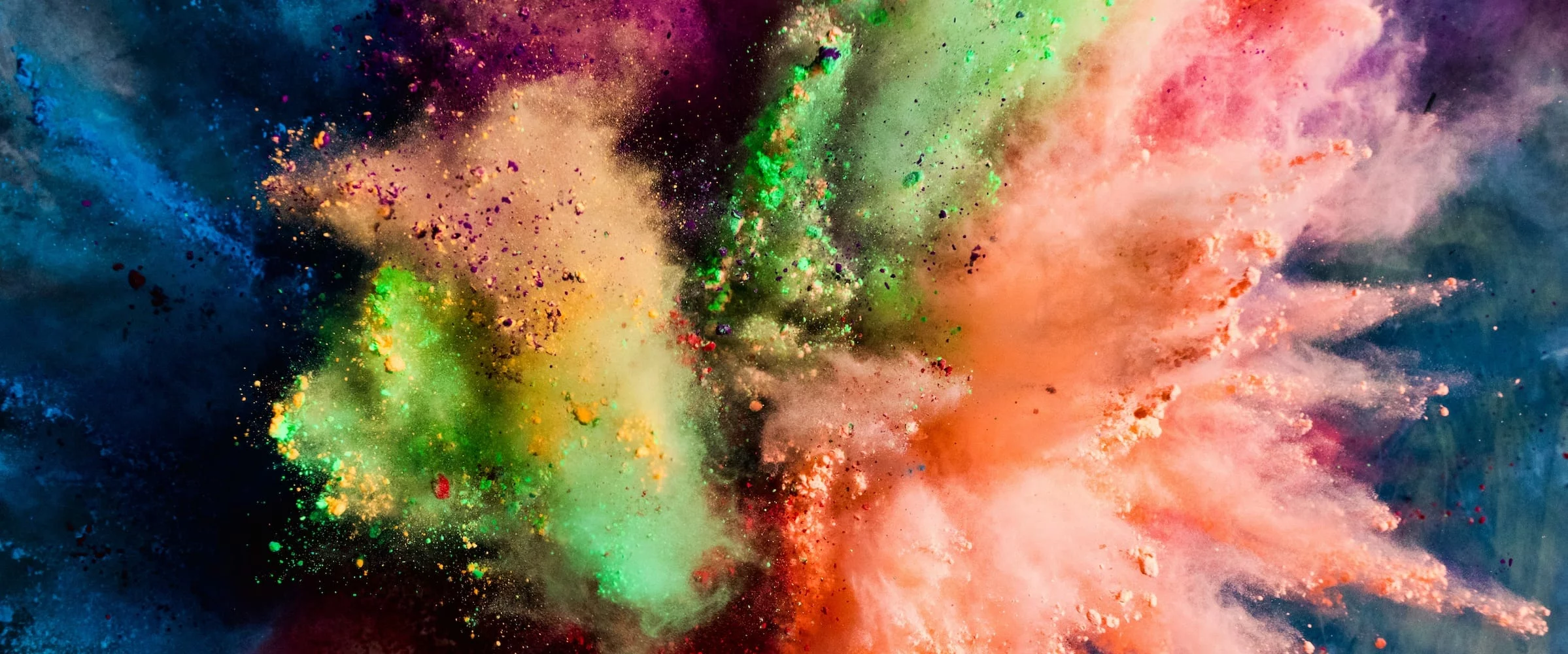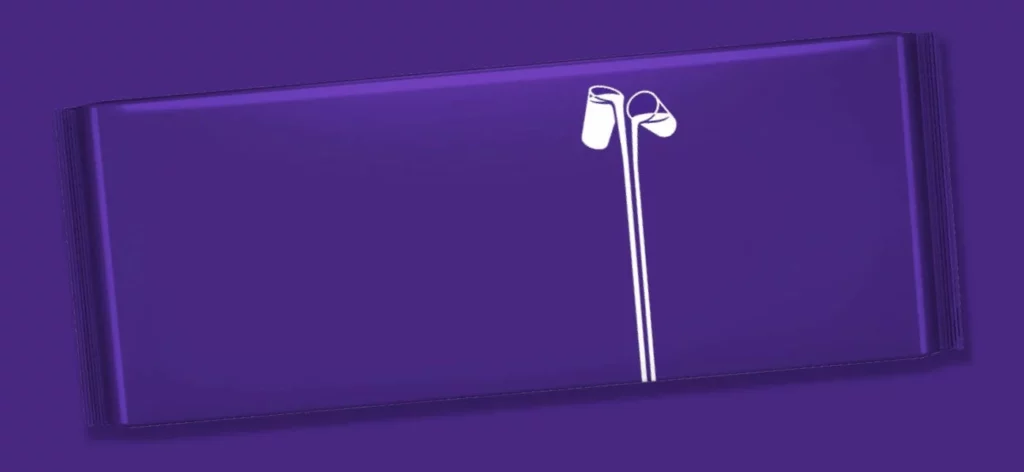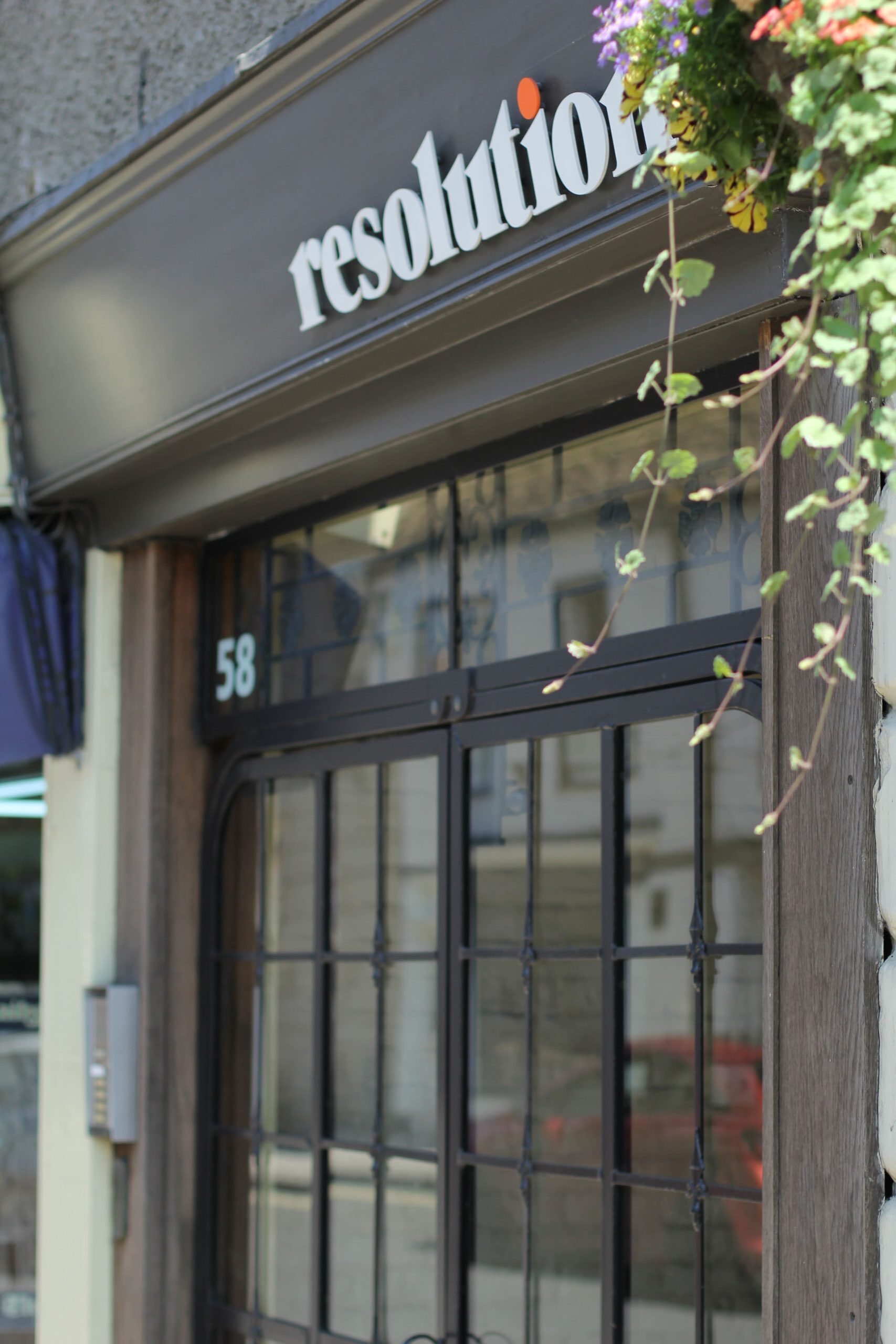18.02.20
The hidden influence of colour psychology on brand perception
5 minute read

Could switching your logo from aqua blue to cherry red really affect how customers feel about your brand? The short answer is yes. While any emotional forecasts made by way of colour theory are as ambiguous as a novelty mood ring, the impact colour has on customers’ purchase intent is pretty black and white.
Research has repeatedly borne out the significant role colour plays in shaping our perception of a brand’s personality. It plumps up the magic duo: brand recognition and customer loyalty – a golden ticket for success in our blink-and-you-missed-it marketplace.
You don’t need a doctorate in psychology to harness the full spectrum of potential that colour can yield. There are no cast-iron rules. All you need is a thorough understanding of what you want your target audience to infer from your branding.
Once you determine your colour palette, it will inform the entirety of your visual identity. Replicating its secret formula within the design of your logo, packaging, website and marketing helps to portray your brand consistently across every channel. The outcome? Potentially boosting revenue by up to 23%.
Not sure where to begin? Read on…
Colour, strawberry mousse and brand recognition
We’re all quasi-synesthetes, whether we realise it or not. Shades of the rainbow can taint everything from the taste of our food – a strawberry mousse tastes sweeter in a white container than a black one, didn’t you know? – to our bodily responses to the medications we take.
Studies indicate that within the first 90 seconds of viewing a product, up to 90% of the subconscious judgement we make is shaped by its hue alone. On top of this, colour hikes up brand recognition by 80% when faithfully threaded throughout visual branding, and, let’s not forget, that recognition is intimately linked with customer confidence.
Is any of this a surprise? 90% of information transmitted to the brain is visual, and it processes visuals an incredible 60,000x faster than text. Our brains don’t like working harder than necessary, so it’s clear why they have a soft spot for brands with strong identities: they’re simply easier to recall and recognise.
A colourful personality
To definitively claim that a particular colour will evoke a particular response, on a global scale, would be disingenuous. In the West, orange tends to stand for fun, zest for life and unbridled creativity – it positively fizzes with joy; jet over to many Middle Eastern countries and you’ll find it commonly symbolises mourning.
Drilling down to a personal level, everyone has a unique set of preferences, influenced by an intricate mesh of memories and more. How, then, do you single out the ‘correct’ colours for a brand? By swapping ‘correct’ for context.
Research has shown that when a chosen colour is deemed ‘appropriate’ for a brand’s positioning, it has a beneficial impact on brand perception, enhancing its desired image. What matters is that the customer views a colour palette as being congruent with what a brand is purporting to embody and offer.
Consider Land Rover: their vehicles are designed to compliment and signal an aspirational yet rugged lifestyle, at one with the elements. The rich, verdant green of the iconic brand logo and vehicles encapsulates this and is echoed by a minimalist palette. If a shotgun rebrand took place, swathing everything in Mattel pink, many customers would see this as being way out of kilter with Land Rover’s persona and products.
Of course, there are many shades of grey in the colour game. If you’re too on the nose, it can backfire or cross into stereotyping – see BIC’s pink and purple pens ‘for her’ blunder. If you’re too far off, you risk alienating your audience. It’s best to focus on aligning colours with the personality you wish to project, as this can make your brand more likeable and familiar.

Ok, you don’t want to get noticed for the wrong reasons, but hiding in plain sight isn’t a cogent corporate strategy, either. In a cutthroat marketplace on technological steroids, a solid, memorable persona is like gold dust, so, to stand out, you need to get creative with colour.
Most of us can identify big brands by their distinctive colours alone. Players such as Cadbury know this, which is why they engaged in an expensive, years-long war with rival confectioner Nestle. They were battling to retain exclusive use of Pantone 2685C, their signature tint of regal purple, the mere sight of which conjures warm thoughts of chocolate, childhood and Willy Wonka.
The Isolation Effect demonstrates that we are more likely to remember items when they stick out. Apply this to the competition: if you’re one of many architectural firms in a city, and the majority are using charcoal tones, why not claim new turf on the colour wheel? You don’t have to go wild, just offer a point of difference.
Show your true colours
If you feel like you’re drowning in an ocean of Dulux, worry not. Finding the right colour palette takes time, research and even a little soul-searching.
Ask yourself what you’re all about. What’s the core personality, mood, and image you’re trying to convey? Consider your target audience and the nature of the industry you’re operating in.
A skilled designer will take the time to sensitively decrypt your brand’s persona with you. Once they understand it, they’ll create an impactful visual identity to communicate it, crafting your logo, website design, packaging, and more.
Strategy, targeted marketing, and copy are the bedrock of your brand’s tone, but exceptional design, governed by the right colours, is what makes you larger than life. Colour is the dog whistle of the marketing world, subliminally impressing an unforgettable image of your brand’s persona upon customers’ minds – one they connect with.
Connection should always be the end goal because connection converts, converts and converts some more. Time to get the easel out.

